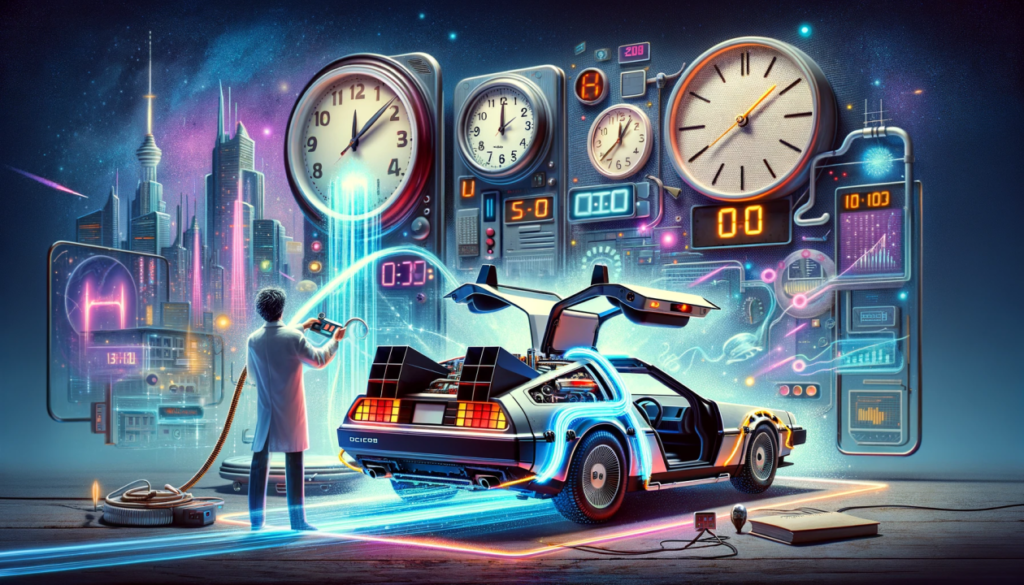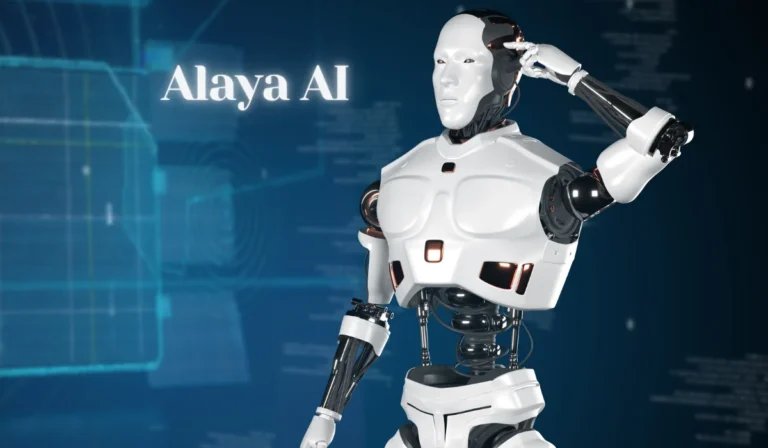
ai time machine
Have you ever dreamed of traveling through time? What if you could visit ancient civilizations or see what the future holds? With the rise of artificial intelligence (AI), the concept of time travel may not be as far-fetched as we once thought. The introduction of the “AI Time Machine” brings a whole new perspective on how we interact with history, the present, and even possible futures. But what exactly is this AI Time Machine, and how does it work?
What is the AI Time Machine?
The AI Time Machine isn’t about physically traveling through time, but rather using AI to explore different eras and events in new ways. Imagine a system that combines historical data, images, videos, and documents with advanced algorithms. This system can recreate past events or project potential future scenarios. AI acts as the engine behind this virtual time travel, taking users on a journey through immersive digital experiences.
Instead of reading about ancient Rome in a textbook, the AI Time Machine could allow you to witness it firsthand. You could walk the streets, watch Caesar address the Senate, or observe the construction of the Colosseum. On the other hand, this technology could also help predict future trends, offering glimpses into what our world might look like decades from now. It’s an exciting leap forward in how we perceive time, history, and even our future.

How Does the AI Time Machine Work?
At the heart of the AI Time Machine lies a combination of machine learning, data analysis, and virtual reality. The process starts by feeding the AI system with vast amounts of information. This could include historical records, old photographs, scientific data, and even 3D models. The AI processes this data, learning patterns and details to recreate the past or simulate future events.
In terms of historical reconstructions, AI can enhance old photographs, generate life-like avatars of historical figures, or even simulate the sounds and smells of past eras. When it comes to the future, AI can analyze current trends, using them to predict potential outcomes. Imagine walking down a futuristic street, seeing cars powered by clean energy, or even visiting colonies on Mars. The possibilities are endless.
Virtual reality (VR) and augmented reality (AR) often come into play as part of this experience. These tools make the journey feel more real. VR immerses you in fully simulated environments, while AR overlays digital elements onto the real world, making the AI Time Machine an interactive and highly engaging tool for learning and exploration.
Benefits of the AI Time Machine
One of the most obvious benefits of the AI Time Machine is its educational potential. History comes to life in a way textbooks can’t offer. Students, historians, and enthusiasts can experience events rather than just read about them. This kind of engagement makes learning more effective and memorable.
For businesses, the AI Time Machine offers a different advantage. Companies could use this technology to project future market trends or potential business challenges. Imagine planning your strategy around not just current data, but also realistic predictions based on complex AI models. It’s a game changer for industries ranging from tech to finance.
There’s also the possibility of personal use. Imagine being able to “travel” back in time to visit your ancestors, reconstruct family history, or even see how your current choices might play out in the future. The AI Time Machine could allow you to create more meaningful connections with both the past and future.
Challenges and Ethical Considerations
As exciting as the AI Time Machine sounds, it does raise some challenges. One major issue is accuracy. AI relies on data, and if the information fed into the system is incorrect or biased, it could lead to inaccurate reconstructions or predictions. This might distort historical events or create misleading future scenarios. Ensuring that the AI Time Machine provides reliable and fair representations of the past and future is essential.
Another concern is privacy. Since the AI Time Machine uses large amounts of data, including personal records and public information, how can we ensure that this data is protected? Will users feel comfortable knowing that their personal information might be used to predict their future? Ethical guidelines and strong data protection laws will need to be in place to keep the technology safe and respectful of users’ rights.
Then there’s the question of emotional impact. While visiting the past might be exciting for some, others might find it emotionally overwhelming. Imagine visiting a tragic event in history or witnessing your own potential failures in the future. The emotional effects of this technology should not be overlooked, and safeguards may be needed to prevent negative experiences.
The Role of AI in Shaping the Future
AI continues to play a massive role in shaping various industries, and the AI Time Machine is just one example of its potential. From healthcare to education, AI helps us solve complex problems and envision better futures. In the case of the AI Time Machine, it allows us to reflect on the past and look toward the future in new and meaningful ways.
For educators, this means rethinking how we teach history and science. Instead of relying solely on static materials, we can use AI-driven tools to provide students with hands-on experiences. For researchers, the AI Time Machine could offer new insights into historical events, helping to solve age-old mysteries by analyzing data in ways humans simply can’t.
For the everyday person, AI might offer an entirely new way to connect with our roots or plan for the future. Want to see what your hometown looked like a hundred years ago? Or perhaps you’d like to witness how your neighborhood might change in the next fifty years? The AI Time Machine puts these possibilities within reach.
Is the AI Time Machine the Future?
While the AI Time Machine is still in its early stages, it holds great promise. As AI technology continues to evolve, we may see more sophisticated versions of this tool that are capable of providing highly accurate and immersive experiences. The concept of time travel might always remain in the realm of science fiction, but virtual time travel powered by AI brings us closer than ever to fulfilling that dream.
It’s also likely that the AI Time Machine will open doors for further innovation. Imagine combining AI time travel with quantum computing, expanding the machine’s abilities to process vast amounts of data at lightning speed. Or integrating it with global positioning systems (GPS) to recreate local environments across different time periods. The possibilities are endless, and we’re only scratching the surface of what this technology can do.
Conclusion: A New Way to Experience Time
In a world where time travel has long been a fantasy, the AI Time Machine offers us a way to experience the past and future like never before. Through a blend of AI, virtual reality, and historical data, we can engage with history and explore potential futures in exciting, interactive ways. Whether used for education, business, or personal discovery, this technology is bound to change how we view time itself.
Will you take the plunge and explore history firsthand? Or perhaps you’d prefer to peek into the future? Either way, the AI Time Machine is opening up a whole new world of possibilities—one that’s both fascinating and limitless.







